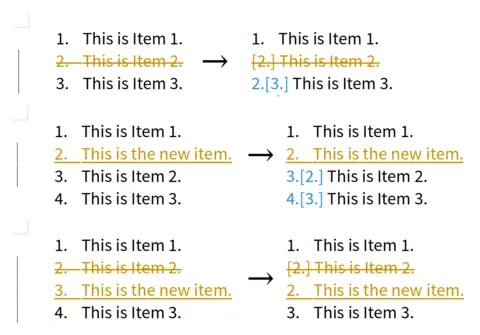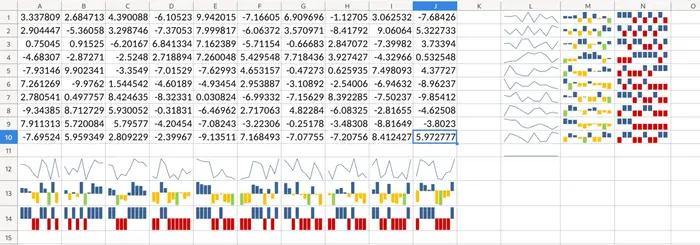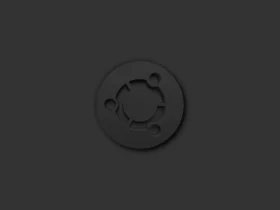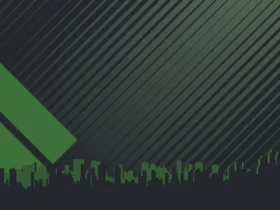The popular Linux office suite LibreOffice got a big update yesterday, features WebP images and EMZ/WMZ files support.
For Writer, the format footnote numbers to show tracked footnote deletion and insertion in the footnote area. A new optional hyphenation settings is added to adjust paragraph-level text flow.
Show Changes mode now shows changes in numbering correctly. It does not count deleted list items, and show also the original numbers of all list items with changed numbering. In additions, writer now can take advantage of the remote LanguageTool APIs for grammar checking.

Calc now supports sparklines and uses 16,384 columns in spreadsheets. A new menu item is available to search for sheet names. And, it added COUNTA, PRODUCT, STDEV, STDEVP, VAR, VARP functions to drop-down autosum widget on Formula bar.

Impress now has the start of document theme support. It is possible to define a document theme on master pages and you can refer to the theme colors from shape text and fill colors (including effects). Also, it supports using slide background as shape fill for PPTX interoperability.
There are also many other changes in LibreOffice 7.4, including:
- Writer now supports clearing breaks from Word.
- Support rich text and checkbox content controls from Word natively.
- supports dropdown, picture and date content controls from Word natively.
- Experimental dark mode and dark variant icons support for Windows 10/11
- Help pages for the ScriptForge scripting library
- FTP support is deprecated and will be removed in a future version.
For more details, see the official release note.
How to Get LibreOffice 7.4:
The official download page offers the packages for Linux, macOS, and Windows.
For Linux, there are native DEB/RPM, Flatpak, Snap, and AppImage packages. And, here’s a step by step beginner’s guide shows how to install them.


























Recent Comments